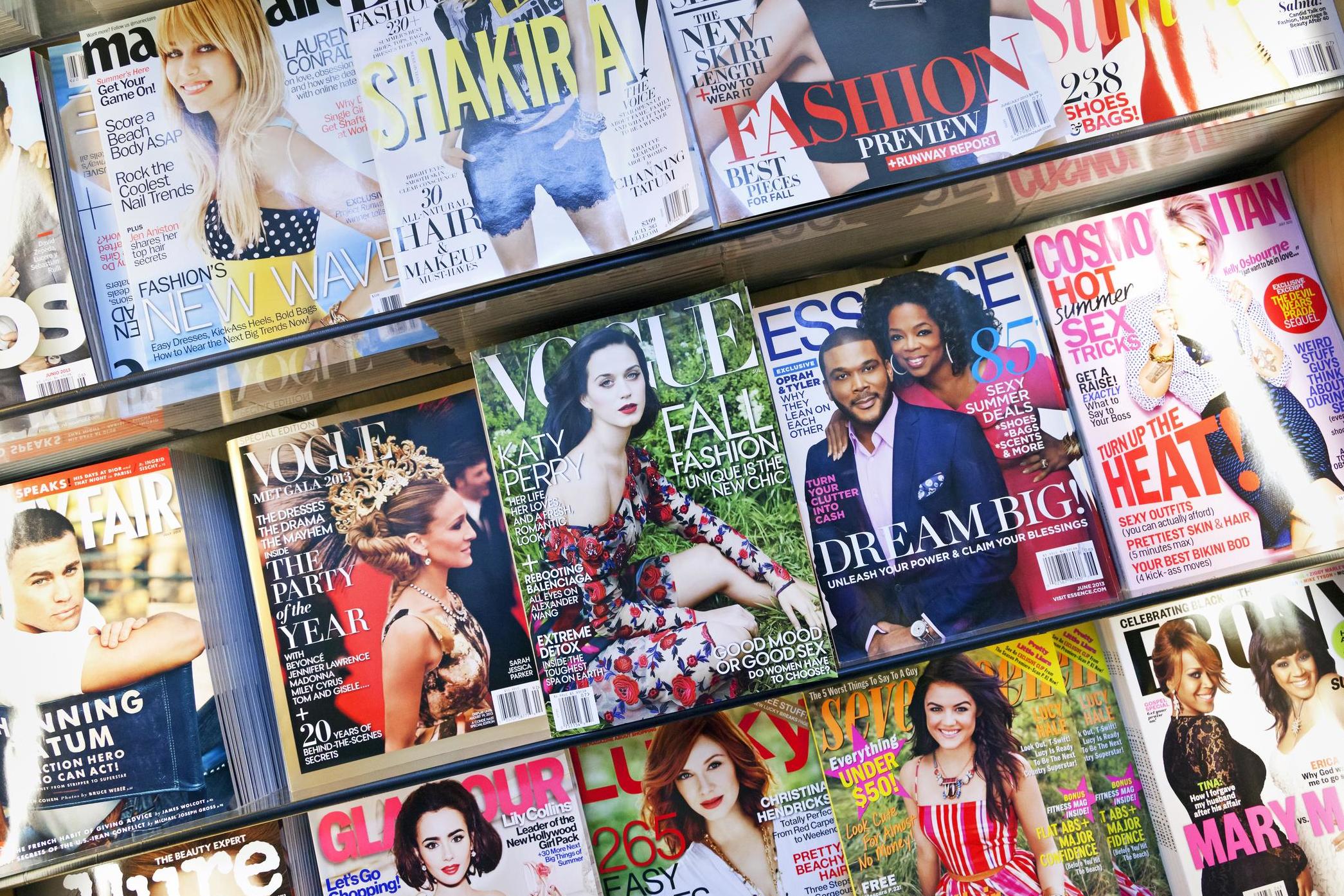This is why we no longer need gendered magazines
https://goss.site/this-is-why-we-no-longer-need-gendered-magazines/ -https://static.independent.co.uk/s3fs-public/thumbnails/image/2018/06/29/11/istock-471596299.jpg-

In an age where perceptions surrounding gender and sexuality are more fluid than ever, cisgender-specific media has never felt so archaic.
While knowing your audience is fundamental to success in publishing, the concept of gendered content, as it’s framed by leading titles like Esquire and Elle, seems wildly out of touch with the zeitgeist of liberal media. What makes one article “male” and another “female”? Is it a matter of tone, presentation or subject matter?
The problem with gendered content is that it often reinforces some of the laziest and most outdated tropes in our society, presenting us with endorsements of toxic masculinity and stereotypes induced by the patriarchy.
At least this makes it fairly easy to identify which verticals go where, as we’ve been conditioned to accept them from birth.
Men get cars, watches, sports and rippling abs. Women get hair, gossip, lipstick and weight loss. Both get fashion in varying degrees, usually in a subsidiary manner for men because sartorial prowess is still presented as a primarily feminine pursuit – an entirely different issue in and of itself.
If you want to understand society’s most hackneyed views on gender, all it takes is a quick trip to your nearest newsagent. There, you will see how conventionally “feminine” and “masculine” women’s and men’s magazines are, even just from a purely aesthetic point of view. Pinks, reds and yellows dominate the covers of women’s mags in a hyperbolic display of flowery femininity. Meanwhile, darker shades adorn the men’s titles, which feature bolder and harsher fonts to assert supremacy by way of a more aggressive and testosterone-spiked design.
It sounds absurd because it is. The men’s covers are also almost always fronted by men too, just in case you missed a trick, with the exception of sporadic female cover stars wearing little to no clothing, presenting them as sex symbols in a bid to exploit female sexuality and sell copies.
That’s the other thing about men’s publications, even without the now-defunct “lads mags” like FHM and Zoo, glossy titles sitting on the upper echelons of publishing remain steeped in heteronormative ideals. For example, many have “women” tabs on their websites – for GQ, this section was named “girls” until recently.
However, the content that these titles produce is far more modern and subversive than such sexist framework would imply. Take a deep dive into Esquire and GQ’s respective “women” sections and you’ll find a myriad of intelligent and well-written articles on consent, #MeToo and sexual identity, the prevailing tone being one of empowerment rather than a reinstatement of patriarchal ideals.
Clearly, these publications are making efforts to push against the frontiers they’ve been adhering to for so long – a prime example is British GQ‘s latest cover featuring Lewis Hamilton wearing a skirt, a savvy PR move from the F1 champion’s team after he was lambasted for sexist remarks regarding his nephew. Equally, today’s most successful women’s publications are platforming issues relating to both sexes, despite what their stereotypical context may suggest. So, if the content is good and could be enjoyed by men, women and unicorns alike, why frame it in cloistered terms?
The primary issue with gendered print magazines specifically is that it does publishers a disservice by excluding readers – an obvious problem amid rapid circulation decline. Not only does the idea of a men’s publication inherently imply that it is not for women – a draconian concept in itself akin to a Yorkie campaign – and vice versa, but it obviously also isolates those who identify as gender fluid, non-binary and intersex.
Processions 2018: March to celebrate 100 years of women’s suffrage
Yes, people want to read about topics they can identify with, but to suggest that these parameters are predisposed by our genitalia rather than our basic interests is practically Orwellian.
Besides, how can one suggest that spheres of interest like politics, culture and social commentary are gender-assigned? Imagine if this was the case for newspapers – though some would argue that this is what The Daily Mail has been doing for years.
Could it be that success in a fragile media landscape is as much about diversifying platforms as it is about diversifying audience? This is something publishers might’ve already cottoned on to with the advent of Them, which presents news and lifestyle content through an LGBT+ lens under the mainstream framework of a Condé Nast publication.
In the modern world, our jobs, voting rights and societal roles are no longer dictated by our gender, so there is no reason why are reading materials should be divided so starkly across gender lines.
Comments
Post a Comment